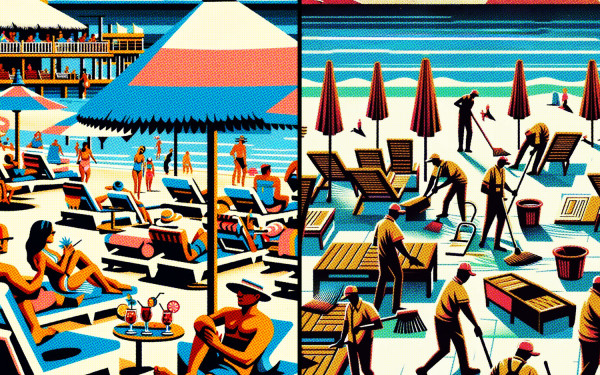Who are you?
Thoughts on resistance through cultural preservation
“Mom, how do I say ‘I love you’ in Amharic?”
“Ewedshalew”
When my parents speak with one another in our shared mother tongue, Amharic, I yearn to know what they are talking about, both the small and the big topics. It sounds like noise to me, aside from a few words here and there as I try to follow along by decoding facial expressions and tone. I am reminded at times I am a foreigner to my motherland and in a country that doesn’t truly feel like my own.
Some nights, I sit with myself and ask, Where do I belong? Where does the jagged line that carries both my Ethiopian and "Canadian" selves find peace?
There is a unique existential dread tied to the diasporic identity. The diaspora—people who’ve made homes outside their homelands—live in the collision of cultures. Our bodies straddle two or more realities, and our spirits are tasked with the same. Assimilation is often a violent, severing force, and preserving cultural heritage becomes not just resistance, but an act of care—care for self, care for community.
Around the world, colonization, the destabilization of governments and the theft of autonomy by imperial powers have sold us the lie of a "superior" way of life—one that strips away cultural signifiers and replaces them with uniformity. In the ethnography, Life Beside Itself, by author Lisa Stevenson, reflects on the colonial violence enacted by the Canadian state, particularly against Indigenous communities in Nunavut. Her work explores the suicide crisis among Inuit in Iqaluit and draws a clear line from cultural severance to spiritual and communal suffering. She highlights the consequences of forced assimilation and cultural genocide with clarity—the way disconnection from one’s ancestral lineage festers into a wound, passed down if not tended to.
According to Statistics Canada, in 2021, 23 per cent of Canadians had been or were currently landed immigrants or permanent residents. Language and culture serve as lines to the past life, moving it forward into the present and future. People leave their homelands for many reasons, but safety is often the greatest push. Yet, in seeking safety, many of us lose the very languages and traditions that once made us feel safe.
So what happens when we are no longer connected to the languages, cultures, and traditions of our ancestors? Do the seeds of intergenerational trauma sprout, untamed, suffocating the soil and denying our spirits of nourishment and growth?
Countless communities have been impacted by the rift between culture and identity.
In bell hooks’s Rock My Soul: Black People and Self-esteem, the soul is described as “the collective wounded self-esteem and the psychological barriers and traumas that prevent Black people from achieving well-being and a sense of agency.” This framing extends to all those severed from ancestral knowledge. Within what hooks calls a "white supremacist, capitalist, patriarchal" society, fitting in can offer material privilege—but it doesn’t feed the soul.
The knowledge of our ancestors lies within our cultural heritage, and grounds us to this earth that has fed and nourished the long lineage that has led to our existence. Our cultures served to us through taste, texture, colour, sound, language and spirituality are important containers for our self-esteem and wellbeing, both of which are required to flourish. Without these, our souls struggle to feel connected in the present, and the destructive forces of colonial power swallow us and digest us until our nutrients have left and we are but flattened specks in an unmoving sea.


_600_832_s.png)



_600_375_90_s_c1.jpg)
